Reel Rundown: ‘Close Your Eyes’ a mysterious work of art

Before 1975, the year of Spanish strongman Francisco Franco’s death, it was dangerous to make any art that criticized Spain’s government. It had been that way since the Spanish Civil War of 1936-39.
But there are many ways to make protest art that can get a message across powerfully if subtly. And two Spanish filmmakers in particular knew how to do just that.
In 1976, Carlos Saura wrote and directed the film “Cría” (or “Cría Cuervos”), which stars Ana Torrent as a child living in 1975. It is through her eyes that we see Saura’s story play out, involving as it does her despised father being an officer in Franco’s army.
Three years before, however, Victor Erice had co-written and directed a film titled “The Spirit of the Beehive,” which also stars Torrent – then just 6 years old – as a girl in 1940 who conflates the character of the monster in the movie “Frankenstein” with a wounded Republican soldier whom she discovers hiding from the Spanish fascist authorities.
In the following decades, Saura continued to make films, many of them – such as his so-called flamenco trilogy – critically acclaimed, ensuring his reputation as a respected filmmaker. Erice, by contrast, has made only a handful of films in all, including 1983’s “El Sur,” whose producer cut production when Erice was only halfway through the shoot.
But Erice has returned with “Close Your Eyes,” a 2023 release that is streaming now on a variety of services (I watched it through Apple TV+). Co-written by Erice and Michel Gaztambide, the film is a near-three-hour-long exploration of nothing less than an examination of what it means to be alive.
On the face of it, “Close Your Eyes” is a mystery. It’s as if someone handed Erice a Harlan Coben novel that he then proceeded to transform what essentially is a genre tale into a work of art.
The film begins with a long sequence about an elderly man (played by Josep Maria Pou) hiring another man (played by Jose Coronado) to go to Shanghai and retrieve his long-lost daughter. But just as soon as the man accepts the job, things shift.
What we discover is that what we’ve been watching is footage from an incomplete and long-abandoned film titled “The Farewell Gaze.” And the reason for the abandoned project is that the actor who plays the hired man one day simply disappeared.
It’s now some two decades later, and the film’s director (played by Manolo Solo) is approached by a television show – Spain’s version of “Unsolved Mysteries” – that is interested in revisiting the strange disappearance.
One thing leads to another and the director, Garay, ends up meeting with others who knew the actor, including the editor who worked on the film (played by Mario Pardo), a former lover (played by Soledad Villamil) of both Garay and the missing actor, and the actor’s daughter (played by the now adult Ana Torrent).
Most films would key on building toward a climax, a la the 2006 French adaptation of mystery writer Coben’s novel “Tell No One.” But Erice is far more interested in the process than the goal, and so much of his film involves our spending time with Garay and all the characters he comes in contact with.
One particularly charming, if seemingly inconsequential, sequence follows Garay as he returns to his home, a beachside hut set in an area that he shares with a young couple. And in a scene that any American producer would insist on cutting, Garay strums on a guitar and sings the Dean Martin-Ricky Nelson song “My Rifle, My Pony and Me.”
Erice does give us a climax. It’s one, in fact, that ties in everything that comes before – well, almost everything. But that climax is open-ended enough to let us know that some mysteries can never be completely explained.
And, moreover, that it’s up to us to find our own sense of resolution to the ongoing puzzles offered by this thing we call life.